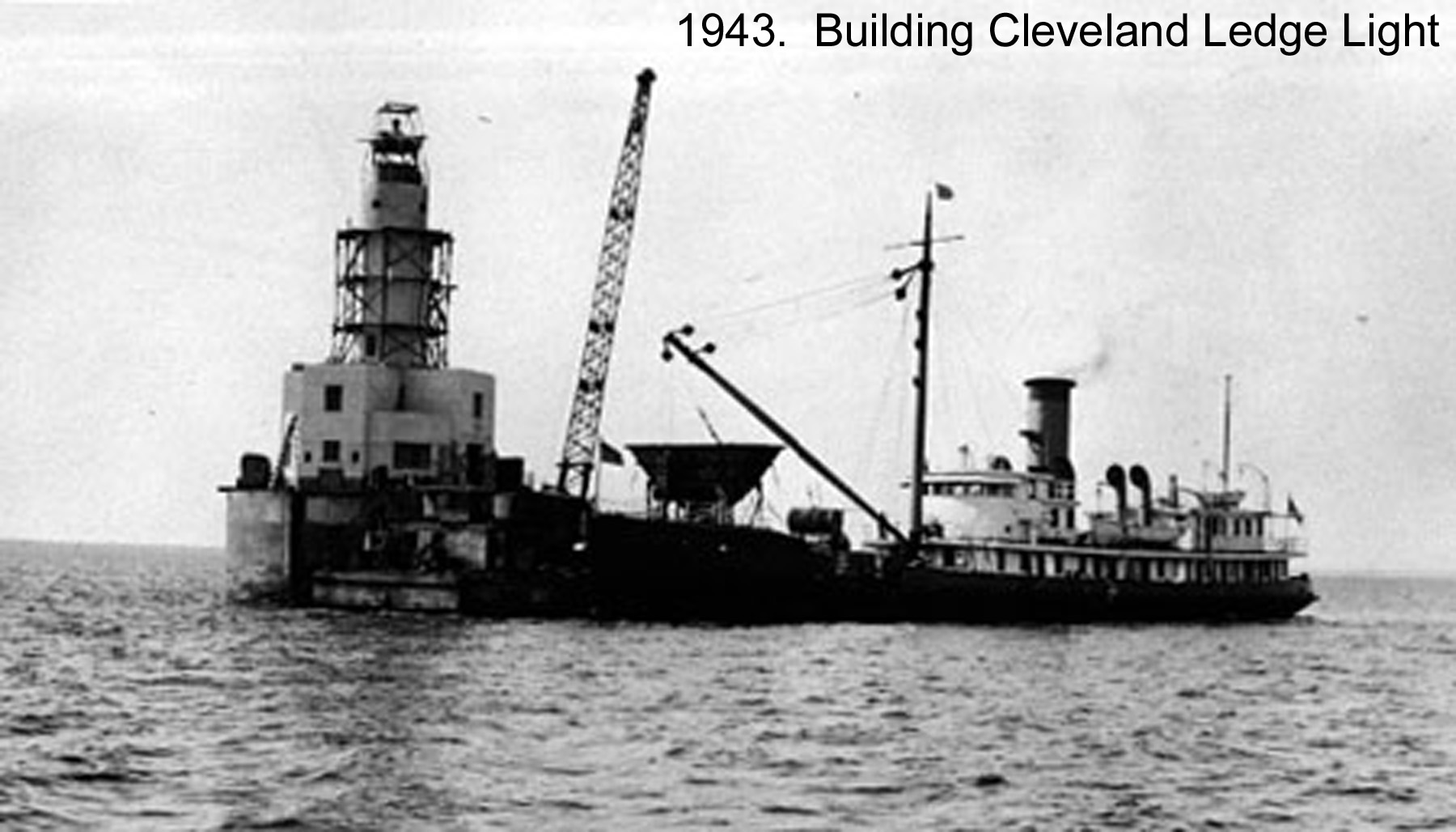Excerpted from the story by Christopher Setterlund as published on CapeCod.Com on 2/22/21
Cleveland Ledge itself, a twenty-one-foot deep shoal located off of the coast of Bourne, was originally known as Pocasset Ledge. This was until President Grover Cleveland made it his favorite fishing spot. Cleveland was President of the United States for two non-consecutive terms from 1885-1889 and 1893-1897. He chose Bourne as the location for the first ‘Summer White House’ in 1890, purchasing a home on the water and calling it Gray Gables. Cleveland and his close friend, actor Joseph Jefferson, would indulge in fishing the waters of Buzzards Bay, specifically Pocasset Ledge.
The fishing spot would begin to be referred to as Cleveland Ledge in newspapers shortly after the president left office for the second time. Grover Cleveland passed away in 1908 leaving behind many connections to the Cape, however the shoal which bore his name would return to local prominence a few decades later. In 1940 it was decided by the Coast Guard that a new lighthouse was needed near Hog Island Channel at the western entrance to the Cape Cod Canal. It began taking bids for the construction of a new beacon. The bidding was won by the J.F. Fitzgerald Co. of Boston in July 1940 for construction of the lighthouse approximately two and a half miles west of Old Silver Beach in Falmouth. They won with a bid of $198,000 for the entire project ($3.6 million in 2019). It was the first east coast lighthouse project undertaken by the government in twenty-five years and would be the last new lighthouse commissioned in New England.
The plan was to have a more modern lighthouse in design and equipment comparable to the recent lighthouses built on the Great Lakes yet different from the others which existed on the Cape and east coast as a whole. The new Cleveland Ledge Lighthouse would include top-of-the-line lights, a fog signal, and a radio beacon to aide passing vessels. It would be classified as Art Moderne, a sleek and angular style. Construction began in November 1940 with the laying of the foundation at Cleveland Ledge. Essentially a man-made island it was a massive circular iron-plated reinforced concrete caisson measuring fifty-two feet in diameter and also fifty-two feet tall with walls five-feet thick to allow solid protection for the lighthouse from the unforgiving sea.
Within a year the new lighthouse would be put to the test by nature. In September 1944 the Great Atlantic Hurricane battered New England yet the man-made concrete island stood strong and Cleveland Ledge Light withstood the storm. The light station more than two miles off shore would be manned for several decades before being automated in 1978. The Coast Guard would renovate the lighthouse in 1990.
In April 2007 the lighthouse found itself in a state of change as it was listed as an excess property by the Coast Guard. After being offered up to federal, state, and local agencies as per the National Lighthouse Preservation Act of 2000 and finding no real takers the lighthouse was put up for sale at public auction in October 2010. Sandy Boyd of Emeryville, California put in the winning bid of $190,000, making it the first lighthouse in Massachusetts to be sold to a private party.
For historical photos of the light and other Cape Cod landmarks, please visit our Historical Photo Gallery.
